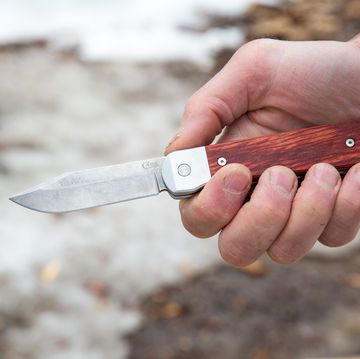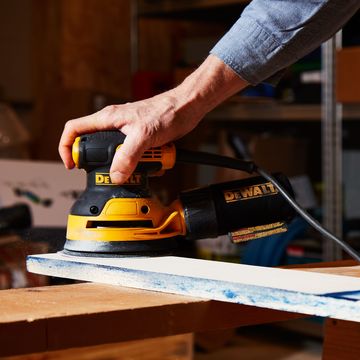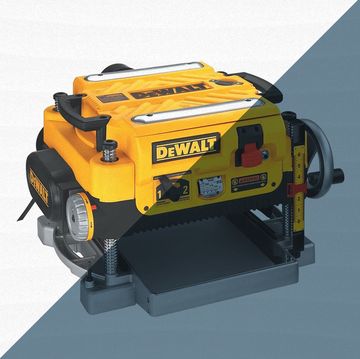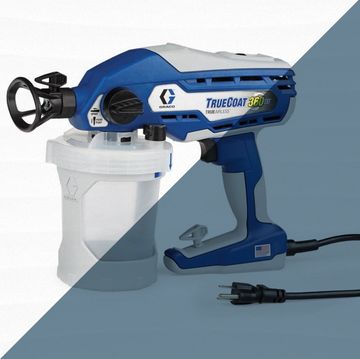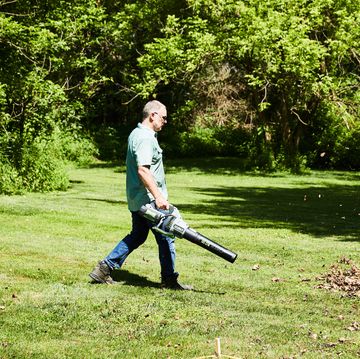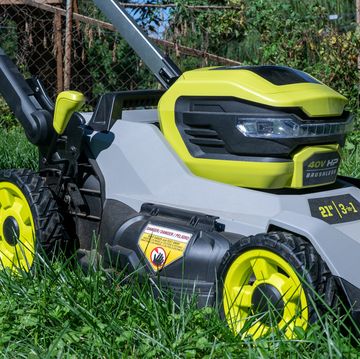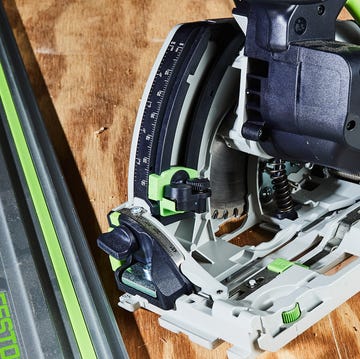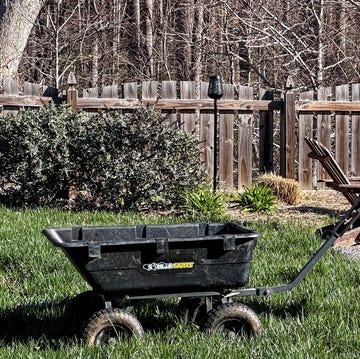Reciprocating saws cut through just about everything short of a rock. It's the go-to tool for remodeling and demolition. With a recip saw (also called a Sawzall, the brand name of Milwaukee's tool), you can cut through lumber even if it's embedded with nails. It can also cut all common forms of metal: steel, aluminum, copper, and cast iron. But to get the most out of your tool, you'll need a few extras.
The Essentials
You should never use a reciprocating saw without eye protection. May we suggest 3M's new Tekk glasses with anti-fog coating, which are comfortable enough that you'll actually wear them. And if you're cutting in a confined area, as happens when working on old cars or lying on your back in a crawl space, augment your safety glasses with a full-face shield.
Although there are cordless reciprocating saws, for this article we're talking about the corded variety that draws 12 to 15 amps. Don't mess around with light-duty extension cords to power one of these. Get a cord rated for the saw's amperage, such as this American-made product.
Finally, you'll need a pair of work gloves, especially ones designed to withstand the abrasion and impact.
The Supplies
The blade makes all the difference. For cutting through construction lumber, which typically has nails embedded in it, use a blade like Lenox Gold. You can also use a demolition blade, which is wider and thicker, making it better able to resist bending.
If you expect to cut metal during your demolition work and want one blade to handle everything, choose a blade with more teeth, in the range of 10 teeth per inch (tpi). Although this blade will cut less aggressively, it will be easier to control. Choose a longer blade if you want to cut wood or metal flush to a surface. The extra blade length allows you to flex the blade into a curved shape, letting you saw away the wood or metal as you run the blade against the surface from which you are removing it.
Cutting metal requires blades with a tooth configuration and stiffness designed for this work. Some blades, such as these from Milwaukee, are hardened to stand up to the rigors of metal cutting without bending. MK Morse Company's Master Cobalt blades are rated for three times the service life of an ordinary blade and can be used on almost any machinable metal.
As a rule of thumb for metal cutting, use a relatively coarse blade (fewer teeth, like 18 tip) for thick metal, such as when cutting bar stock. Use a blade with more teeth (24 tpi) for cutting thin metal and tubing. If you've got a lot of metal cutting to do, especially in steel, you can increase blade life and reduce the strain on you by using an easily applied bar lubricant. Rub some on the blade before you cut. Coolcut is one such product.
Some types of metal cutting require specialized blades. For cast iron, choose a diamond-grit blade such as this one from Lenox. Cutting cast aluminum is also a tough assignment; call in a carbide-tipped blade. These blades are also rated for cement board. On rare occasions you might have to cut fiberglass or some kind of vitreous clay product such as a brick or a flue liner. Use a carbide-grit blade for that.
The Extras
There's not a lot in the way of accessories for reciprocating saws. One of the more useful ones we've seen is Seatek's clamp-on vise that fits on the end of the saw and helps it make accurate cuts in round and square tubing.
You can also insert accessories such as other gadgetsscrapers and brushes, which chuck into the saw instead of a blade, to take advantage of a recip saw's back-and-forth motion.

Roy Berendsohn has worked for more than 25 years at Popular Mechanics, where he has written on carpentry, masonry, painting, plumbing, electrical, woodworking, blacksmithing, welding, lawn care, chainsaw use, and outdoor power equipment. When he’s not working on his own house, he volunteers with Sovereign Grace Church doing home repair for families in rural, suburban and urban locations throughout central and southern New Jersey.


